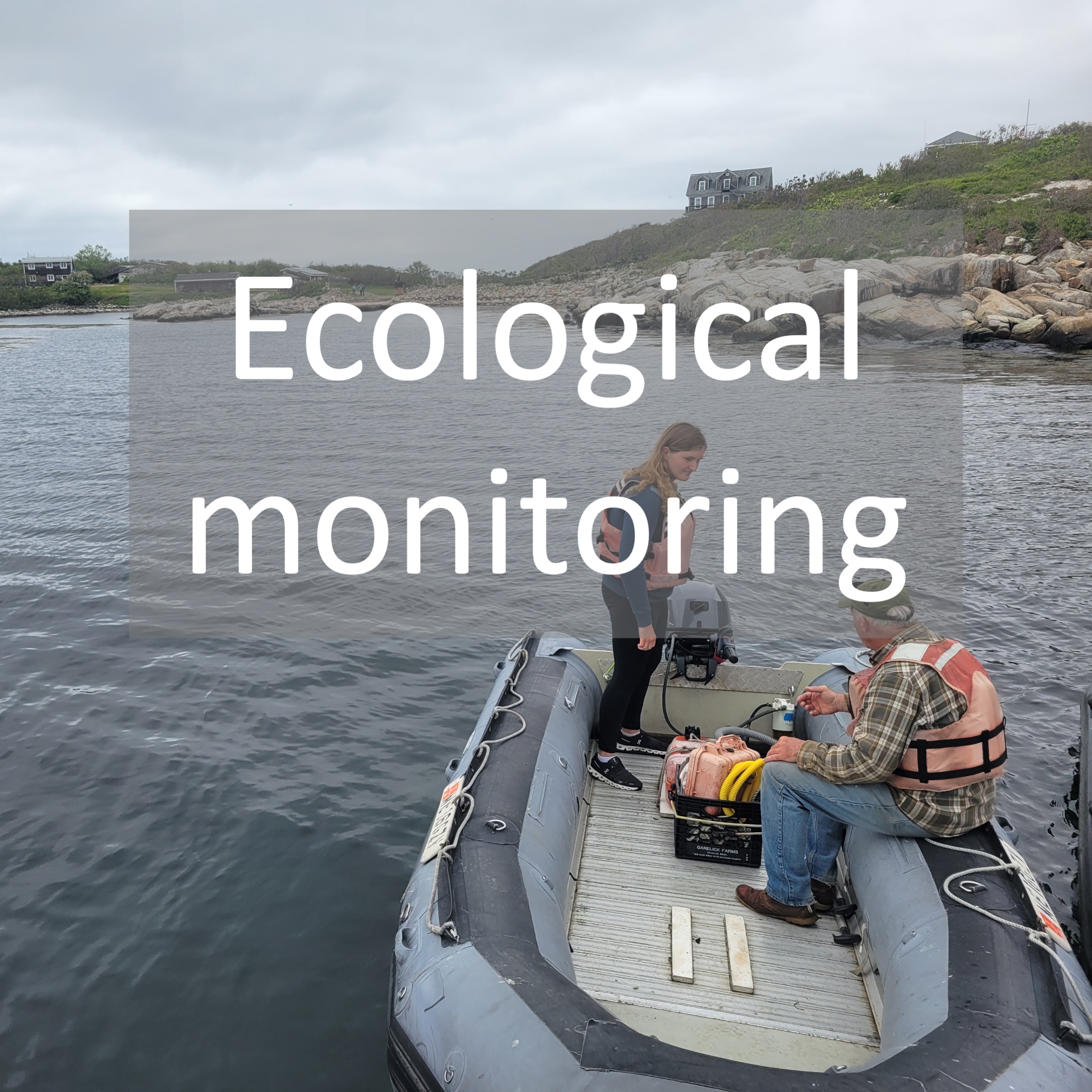Ecological Monitoring
Monitoring of populations is a critical aspect of making decisions about the management of species. However, monitoring is often expensive and requires a lot of people-hours. Therefore, it is essential to determine the optimal locations for monitoring, the number of samples to take, and the frequency and duration of monitoring effort. Using a combination of simulation approaches and collections of long-term datasets, our lab addresses several questions related to long-term monitoring.
Improving ecological monitoring programs
In a recent manuscript at Bioscience (available here), I determined the minimum number of years required to be confident (i.e. have enough statistical power) in a population trend. Using simulations and empirical data from 822 populations, I estimated that 15.9 years on average were required. There was, however, tremendous variation between populations, casting doubt on simple rules of thumb. In a BioScience podcast, I discuss this work and population monitoring in general
Novel tools for monitoring ecological systems
Our lab is also developing and applying new approaches to monitor ecological systems that are more cost effective. We’ve collaborated with engineers to develop three tools: oyster biosensors, underwater video systems, and acoustic recorders.
